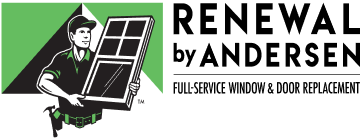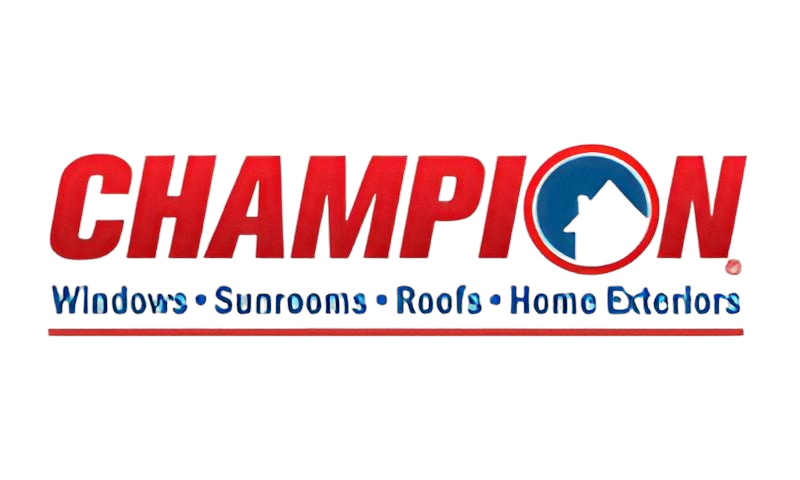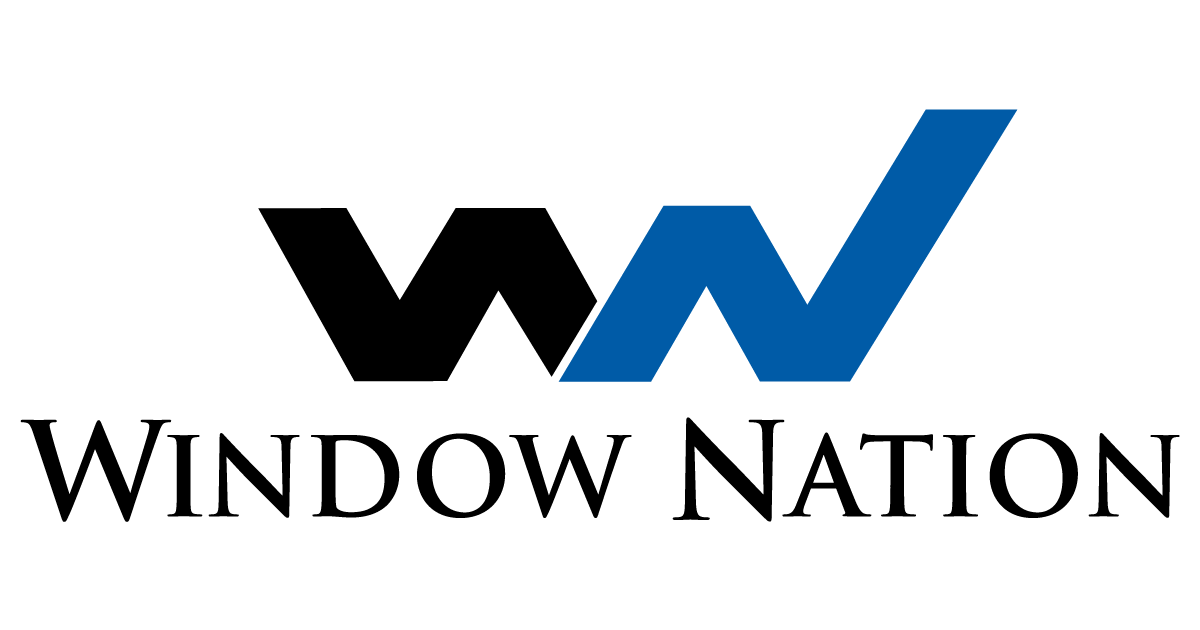How Much Does It Cost to Install Replacement Windows in 2025?
New windows typically cost $300 to $2,500 each, depending on what kind you choose.
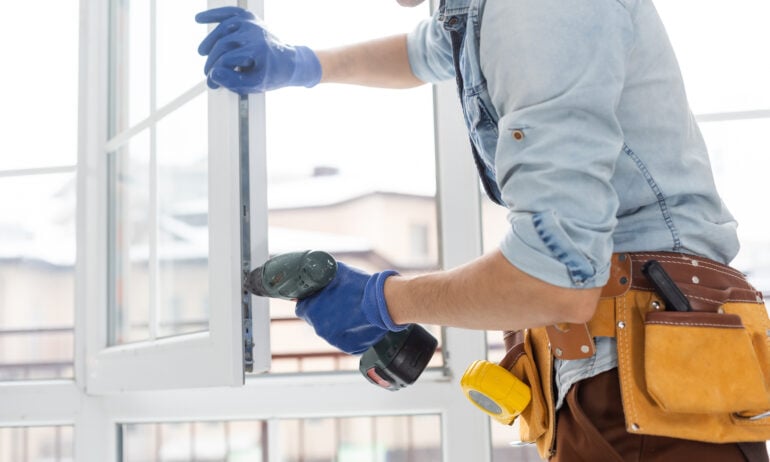
Some or all of the mortgage lenders featured on our site are advertising partners of NerdWallet, but this does not influence our evaluations, lender star ratings or the order in which lenders are listed on the page. Our opinions are our own. Here is a list of our partners.
Whether you’re replacing your windows due to age, damage or energy efficiency, there’s a wide range of possible options and price points. Once you know your budget, you can choose materials and styles that add to your home’s curb appeal.
Window installation prices can vary, but it’s typically more cost-effective to replace more windows at one time.
» Replacing more than windows? Here’s how to calculate the cost of a home renovation
The average cost to replace windows
Windows cost about $300 to $2,500 each to replace. The cost to replace 25 windows in your home averages around $18,000 to $20,000, though the final price depends on the style, materials and glass you choose.
» Learn more: How to pick the best windows for your home
Replacement window costs by style
Here are the most common types of replacement windows, with corresponding price estimates per window.
Double-hung: $150-$650. This window opens from the top and the bottom, providing additional ventilation and air circulation.
Single-hung: $100-$400. Half of the window remains in place; the other half slides to open.
Sliding: $150-$800. This window opens horizontally along a track, making it a common choice for windows that extend close to the ceiling.
Bay: $900-$7,100. The window combines three or more panes and extends outward from a room. It is also load-bearing and may require additional support.
Casement: $150-$1000. The window is hinged on one side and opens outward.
Picture: $65-$700. This window uses large panes of glass that don’t open, making it suitable for letting in light and views.
Awning: $400-$950. The window opens outward from top-mounted hinges so it can be opened when it rains.
Prices on the higher end generally reflect hiring an expert installer; you can keep costs lower by using a handyperson (or installing yourself). Involving a structural engineer or contractor (for example, if you’re installing a bay window where there wasn’t one previously) can also drive up pricing.
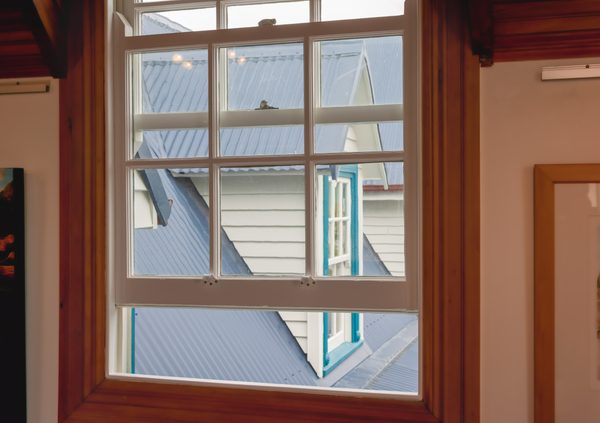
Double-hung window. Courtesy Getty Images.
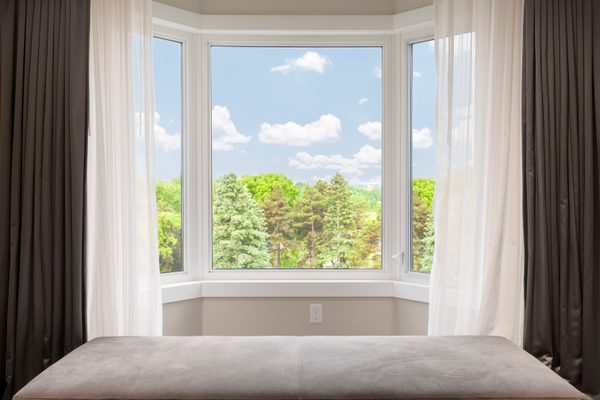
Bay window. Courtesy Getty Images.
on Renewal by Andersen's website
on Champion Replacement Windows Direct's website
Replacement window costs by frame material
Below are the average costs for each type of replacement window frame.
Vinyl: $100-$900. Vinyl is a popular choice because of its relatively low cost and easy maintenance.
Wood: $150-$1,300. Wood frames can create a timeless look, but be aware that they can require the most upkeep due to rotting and warping.
Aluminum: $75-$400. Aluminum is the most economical option, but it’s not as energy-efficient as alternatives.
Fiberglass: $500-$1,500. The most expensive option, fiberglass windows are also the most energy-efficient and require the lowest amount of maintenance.
Composite: $300-$1,200. Composite windows combine wood with polymers or aluminum to create a stronger frame than wood or vinyl.
Glass types to consider for replacement windows
These glass choices and upgrades affect your price as well.
Lamination or tempering for extra strength.
Tint for extra privacy during the day.
Glazing and coatings that reflect heat.
Gas fills and spacers that form a heat transfer barrier between panes.
Is it cheaper to replace all my windows at once?
Yes, it’s typically more cost-effective to replace multiple windows at once to save on labor prices. If a whole-home window replacement project is within your budget, investing in the larger project can kickstart your energy bill savings from energy-efficient windows and improve your home’s curb appeal all at once.
Otherwise, replacing at least five windows can still be much less expensive per window in installation costs. If you only need to replace one or two windows, consider hiring a handy person instead of working with a large window company.
Do window upgrades enhance home value?
Replacement windows can increase your home’s value, but probably not dollar for dollar. The return on investment for window replacement is 70% to 85%.
Replacement windows can also improve a home’s curb appeal (especially if the previous windows were visibly damaged), provide better security and be more energy-efficient — all factors that could interest buyers.
What about savings from energy-efficient windows?
Windows that aren’t energy-efficient require your heating and air-conditioning systems to work harder, increasing your monthly energy bill. According to the Department of Energy, heat gained or lost through windows makes up 25% to 30% of a home’s heating and cooling energy use. Installing single-pane windows that meet Energy Star certification standards may reduce household energy bills by an average of 13%.
Homeowners can claim up to $600 in federal tax credits for new windows that meet Energy Star Most Efficient certification requirements.
How to fund window replacement
Your window company may offer some financing options (either through a partner or a payment plan), but there are other — and maybe better — financing options available.
Which financing option is best for me?
The best financing option for you will depend on how much money you need, when you need the money, what project you’re doing and how long you need to pay the money back. New windows cost $300 to $2,500 each, depending on the kind of window you choose. For a house with 20 windows, that equates to about $6,000 to $50,000.
Since replacing all of the existing windows in your home could add value to your home, a HELOC or home equity loan may be your best option because the value of your house could increase by more than the amount of the loan. Just be aware that most HELOC or home equity lenders often have a minimum initial draw — $15,000 for example — so using your equity may not be the right solution for a lower cost window project. A HELOC makes sense when you plan to do multiple projects over many years, like replace the windows this year and paint in two years.
If it’s a less expensive window replacement like one broken window, a credit card is probably your best option if you want to pay no interest or earn rewards. Personal loans can apply to both small and large window purchases, and they may make sense if you don’t have much equity in your home.
Some window companies offer their own financing options. Before taking this option, shop around and see how their offer compares with other loans.
Regardless of what you choose, make sure you compare interest rates, terms and fees with any financing options you’re considering. This will ensure you get the best deal.
NerdWallet rating 5.0 /5 | NerdWallet rating 4.5 /5 | NerdWallet rating 5.0 /5 |
Est. APR 8.99-35.49% | Est. APR 6.49-25.29% | Est. APR 7.99-35.99% |
Loan term 2 to 7 years | Loan term 2 to 7 years | Loan term 2 to 7 years |
Loan amount $5,000-$100,000 | Loan amount $5,000-$100,000 | Loan amount $1,000-$50,000 |
Min. credit score None | Min. credit score 660 | Min. credit score 580 |











